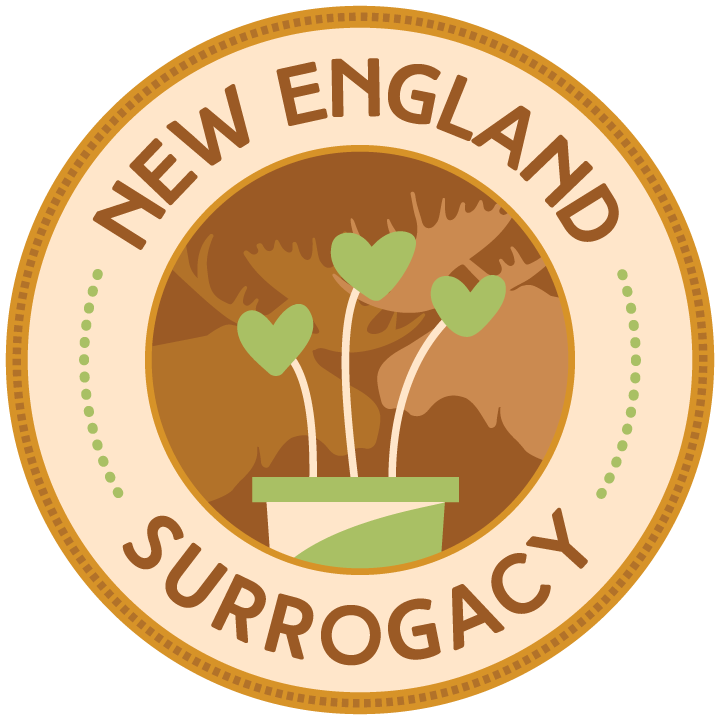Is growing your family through reproductive assistance worth the struggle and expense?
Dear Savvy Surrogate:
My husband and I have always dreamed of becoming parents. The “easy” way didn’t work for us. When we went to get evaluated at a fertility clinic, we learned that I have an abnormally shaped uterus. Our doctor recommended that we proceed straight to surrogacy for our best chance to safely have children. I’m both excited and terrified to have to grow our family through this kind of reproductive assistance. Is growing your family through reproductive assistance worth the struggle and expense?
Sincerely,
Intended Mama
Dear Intended Mama:
Let me tell you my story. You may think that as a former surrogate, I couldn’t have any history of a fertility struggle, but that’s simply not true. My husband and I also tried the easy way for 12 months, which is the ASRM recommended period of time for straight couples with no known history of fertility problems. Well, the easy way didn’t work for us either. So we went to see the reproductive endocrinologist AKA “RE” AKA fertility doctor.
The RE ran some tests and determined we had a lot of not-so-good stuff going on. First of all, my husband had a low sperm count. It didn’t mean he couldn’t conceive, but it was going to be a lot less likely than for a man with normal sperm parameters.
As if male factor infertility wasn’t enough, we learned that I had endometriosis and polyps, which could be interfering with implantation. So now we had female factor infertility going on too. (Did you know that 30% of straight couples who struggle with infertility actually have BOTH male and female factor infertility?? It’s very common and shows that infertility is not just a woman’s problem.)
So I had a double surgery--a laparoscopy to check out the outside of the uterus and ovaries and to remove the harmful endometriosis tissue, and a hysteroscopy to check inside my uterus and to allow the RE to remove the polyps. FYI-it was a much more invasive procedure than surrogates typically undergo because surrogates typically only undergo the hysteroscopy part during screening, and it’s done in the office with no anesthesia needed; easy-peasy.
When I recovered, we proceeded straight to IVF, at the doctor’s recommendation. We were lucky that insurance approved this. And we had a lot of very poor ovarian stimulation results—we’re talking 2 eggs, 1 egg, 3 eggs. And only very poor-quality embryos resulted, none of which were implanted. So lots of negative home pregnancy tests and lots of negative betas when I had my blood drawn.
Since giving up was not an option for us, we could keep trying and hope we might beat the odds or we could move on to donor eggs with much better success rates. Definitely an easy decision for us. Our first donor transfer (and they were still routinely doing double embryo transfers—DETs—back then) resulted in a twin pregnancy and two healthy babies (FYI: I don’t recommend a DET to surrogates nowadays--with improved lab techniques and embryo testing advances, it’s not necessary anymore to transfer 2 embryos at once).
So post-pregnancy, the polyps, and endometriosis never came back and my uterus was cleared for a surrogate pregnancy. Since my own eggs and my husband’s sperm would not be used for a gestational carrier pregnancy, it didn’t make a difference that our own eggs & sperm were of poor quality. So I was able to become a surrogate and bring much joy to other people’s lives.
I actually started the process to become a surrogate because I wanted to “pay it forward” for the help my egg donor gave me. I am grateful I had this opportunity.
So that’s my story. I wish you much luck and hope your story also ends well. And yes, growing your family through reproductive assistance absolutely is worth the struggle and expense.
